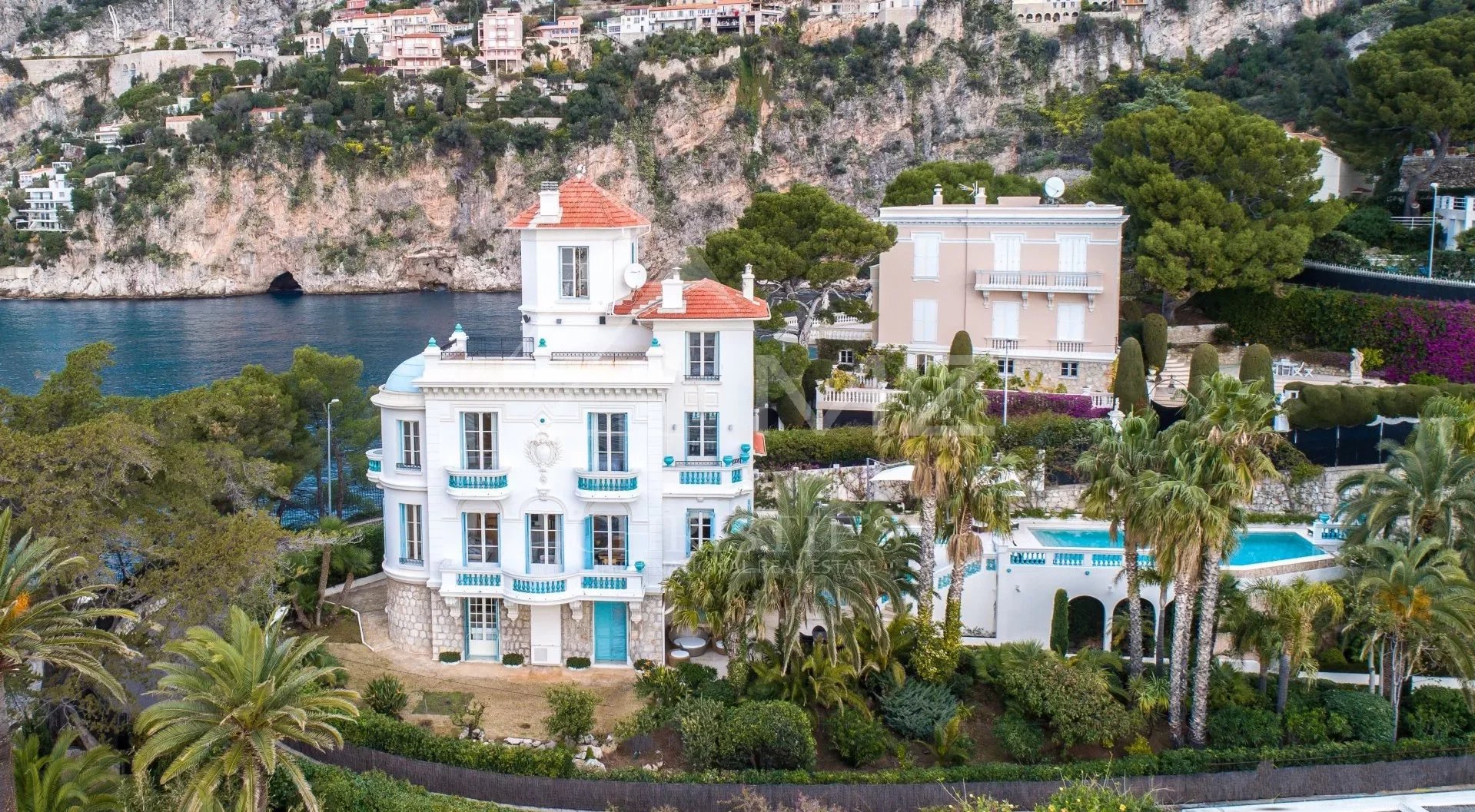
Appearing during the second half of the 19th century, the Belle Epoque style particularly flourished in Paris, on the French Riviera, and the Normandy coast. Associated with Art Nouveau, this movement was also present during this period in eclecticism. Its ambition was to create highly aesthetic, free, and creative works, breaking away from the previous rigid styles.
DEFINITION OF THE BELLE EPOQUE STYLE
The Belle Epoque style does not define a specific artistic movement. The term "Belle Epoque" primarily refers to the historical period that began around 1870/1880 and ended with the First World War. It is used to evoke this era of political stability marked by numerous progress (social, economic, cultural, scientific, and technological) and sustained economic growth leading to the triumph of the bourgeoisie.
Gradually, the artistic movements that distinguished themselves during this period are referred to as the "Belle Epoque style." The expression is generally used synonymously with Art Nouveau, an artistic movement that can be found in all aspects of daily life (architecture, interior decoration, jewelry, painting, etc.). In architecture, the eclectic movement can sometimes also evoke the Belle Epoque style (depending on the works). In fact, there are many styles referred to as Belle Epoque.
Despite this diversity of forms, the different Belle Epoque trends share several common characteristics:
- Breaking away from straight lines and homogeneity that were previously favored;
- Emphasizing creative freedom;
- Developing a non-uniform, rhythmic, and highly decorative aesthetic.
The Belle Epoque style disappeared at the dawn of the First World War and introduced Art Deco, which developed in the 1920s.
THE BELLE EPOQUE STYLE IN ARCHITECTURE
Belle Epoque architecture appeared in France, Belgium, and England at the end of the 19th century. From its inception, it was a multiple and eclectic movement. During this period, Art Nouveau and eclecticism were highly popular architectural styles. Art Nouveau was most strongly associated with the term. In architecture, Art Nouveau is defined as "the first attempt to reconcile artistic aspirations inherited from the past with the new achievements of the industrial era." With this movement, new materials such as iron, metal, and glass were used. Architects also favored curved lines, arabesques, vegetal motifs, volutes, and ornaments.
The main idea behind Art Nouveau was to create highly aesthetic and refined architecture that put an end to the rigidity of previous styles and allowed for creativity.
ENHANCING BUILDING FACADES
Once neglected by architects, facades were highlighted by Art Nouveau. Artists often used pastel-colored bricks and ceramics to cover them, while mosaic was used to create frescoes around windows. Cast iron was favored for the design of window railings and balconies (it can also be found in famous Parisian metro entrances), and metal was used to create twists, ribbons, volutes, and scrolls.
RENOWNED ARCHITECTS OF THE BELLE EPOQUE
Among the most renowned architects of the Art Nouveau movement during the Belle Epoque are Eugène Grasset, Hector Guimard (responsible for the famous Parisian metro entrances), Emile Gallé, Victor Horta, Alfons Mucha, and Gaudí.
If you are looking to buy an exceptional property in the Belle Epoque style, you can find exclusive sales offers in the most beautiful regions of France with Michaël Zingraf Real Estate agencies.



